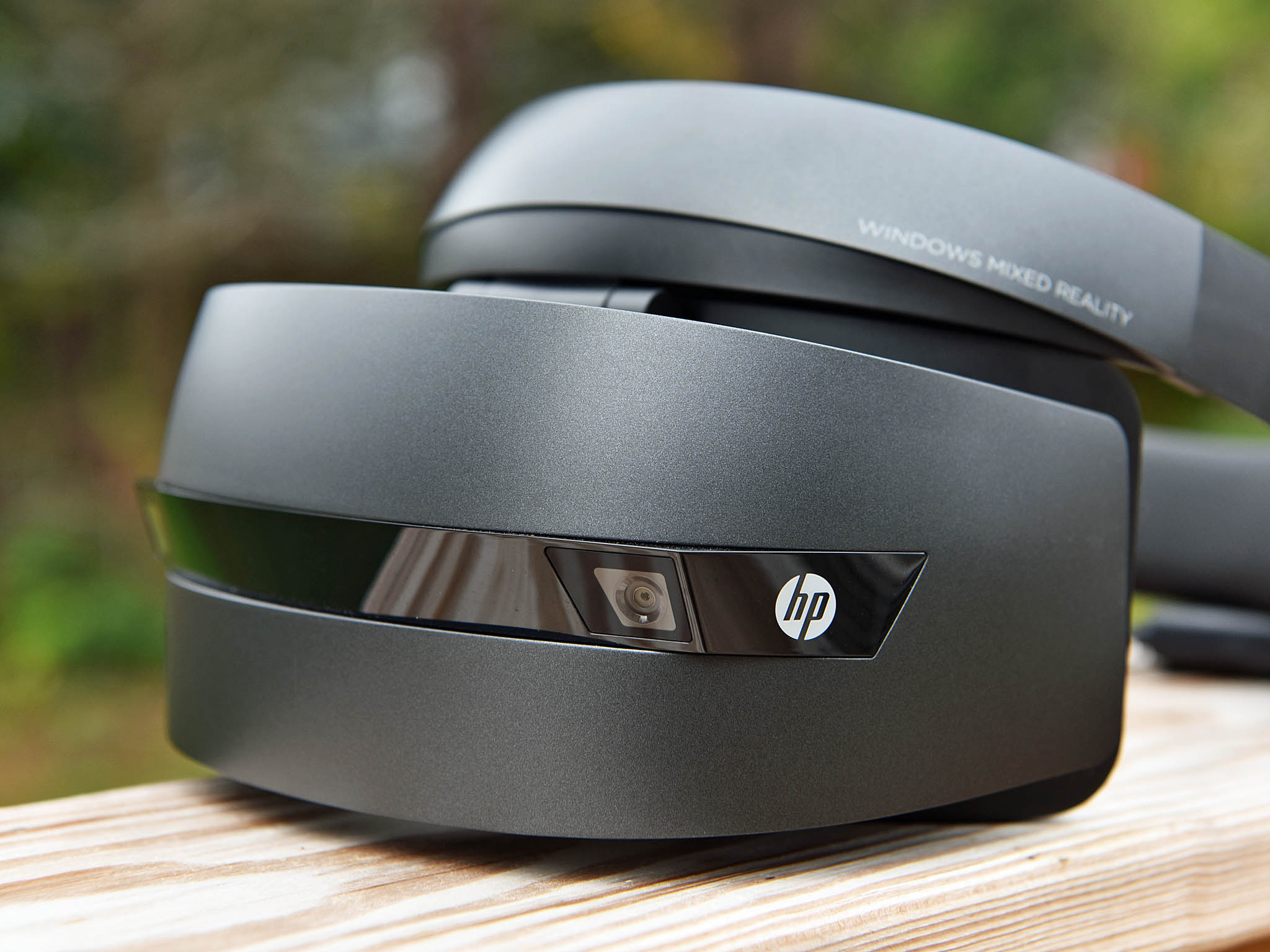
Mixed Reality cans and holoLens share the Mixed Truth stage, but outside of the AR/VR differences that are apparent, there are a number of differences worth noting.
Over the past week or so, I have been playing with all the Microsoft HoloLens plus a new Mixed Truth headset from HP. Both the HoloLens and Mixed Reality cans are a part of the same “Mixed Reality” stage, however there are loads of differences as well as similarities to be aware of.
Obviously, the most significant difference is the distinction between AR and VR. Whereas each of the Mixed Reality headsets that are new are VR HoloLens is a AR headset. Rather than exploring those differences, I wanted totake a peek at the differences that were smaller.
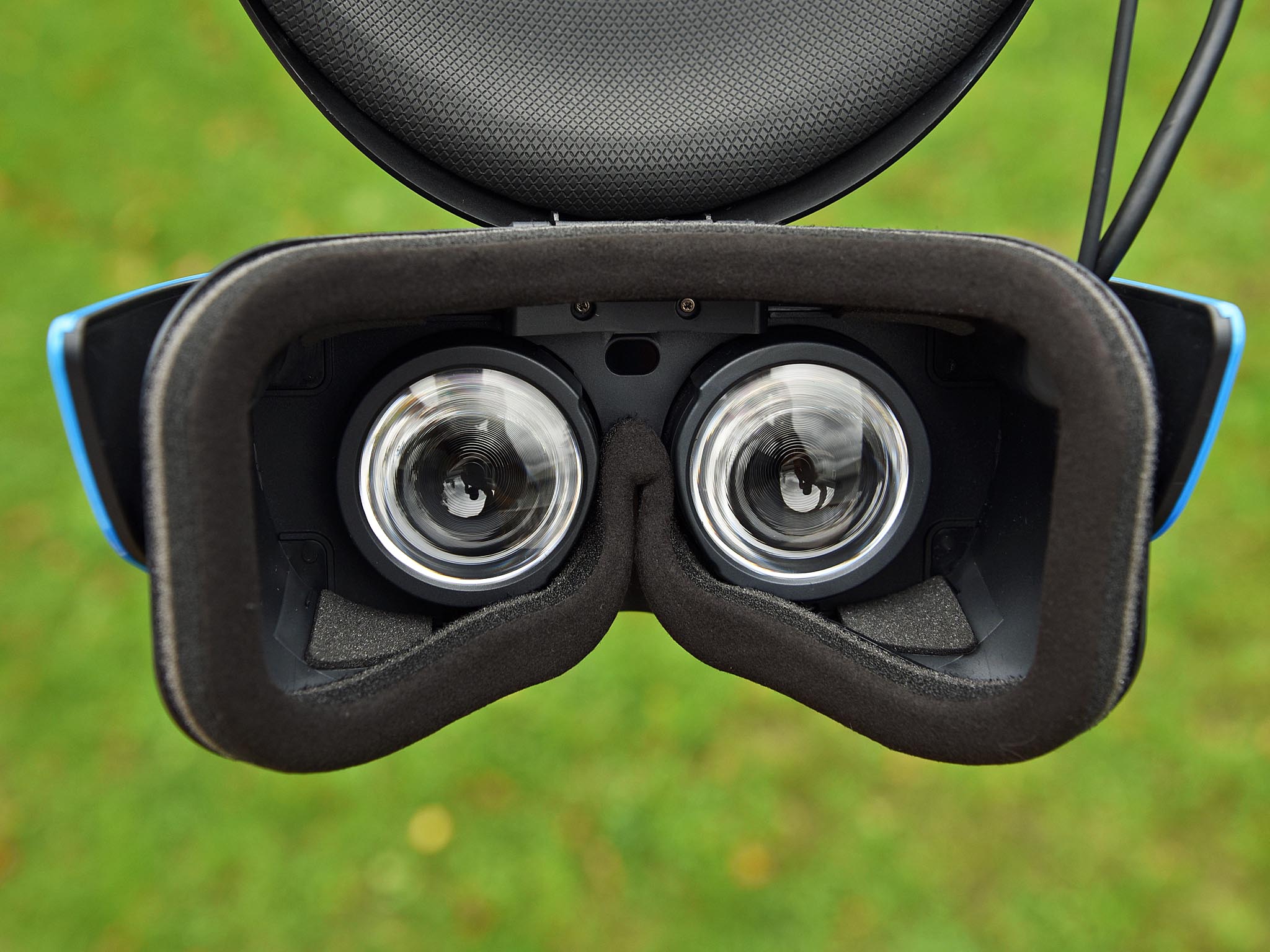
The field of view
How broad of a image you make it at a headset can be a big price for an immersive experience. The Mixed Reality cans have a field of view starting at roughly 95 degrees, together with a few headsets that offer a slightly wider perspective (a broader field of view fills up more of your vision and gives you a more immersive experience).
If your eyes drift from the centre you will notice the edges of these displays, although 95 degrees is pretty good for a VR headset. It seems just like you are looking out through a tube, since it darkness beyond there. You’ll find an approximation of the view, if you cup your hands around the outside of the eyes.
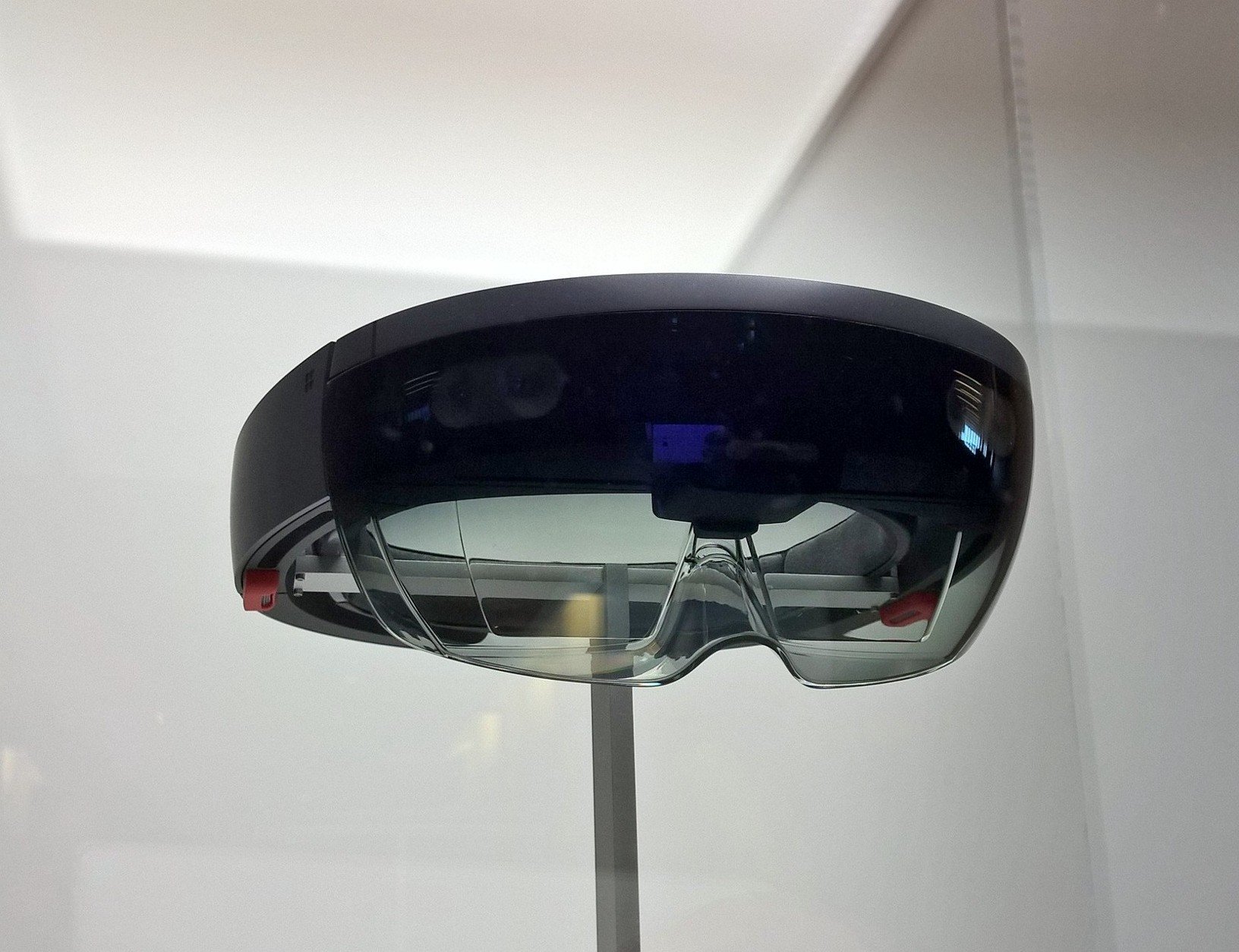
The HoloLens is a different beast. Its display allows to be overlayed on top of the world that is real, rather than placed within a digital world like to the Mixed Reality cans. You might think as it is possible to see everything about you as well as the 3D apps and games, this kind of experience would be even more immersive you are using. That’s not the case.
The problem is the HoloLens’ restricted field of view — about 30 degrees (move those cupped palms out several inches). The framework where you will see matches, apps, and holograms is tiny in contrast to the immersive adventure with a Mixed Reality headset.

The image above is. Till you move your head, inside the black box is where holograms appear, and as it is still possible to see beyond the black box, holograms do not appear there.
The subject of view difference between Mixed and HoloLens Reality headsets’ end result makes the HoloLens feel more comfortable to use. It seems as though I’m looking through a window that is tiny, even though I could see the world around me. A Combined Reality headset feels just like searching through a significantly larger window, and therefore, is a overall experience that is better.
There are other differences also, for example, HoloLens doesn’t support any of the new Mixed Reality controllers that surfaced this month. In theory, HoloLens has each of the sensors required to support the Mixed Truth controls, but because HoloLens is stuck over the Redstone 1 variant of Windows 10, it lacks that assistance.
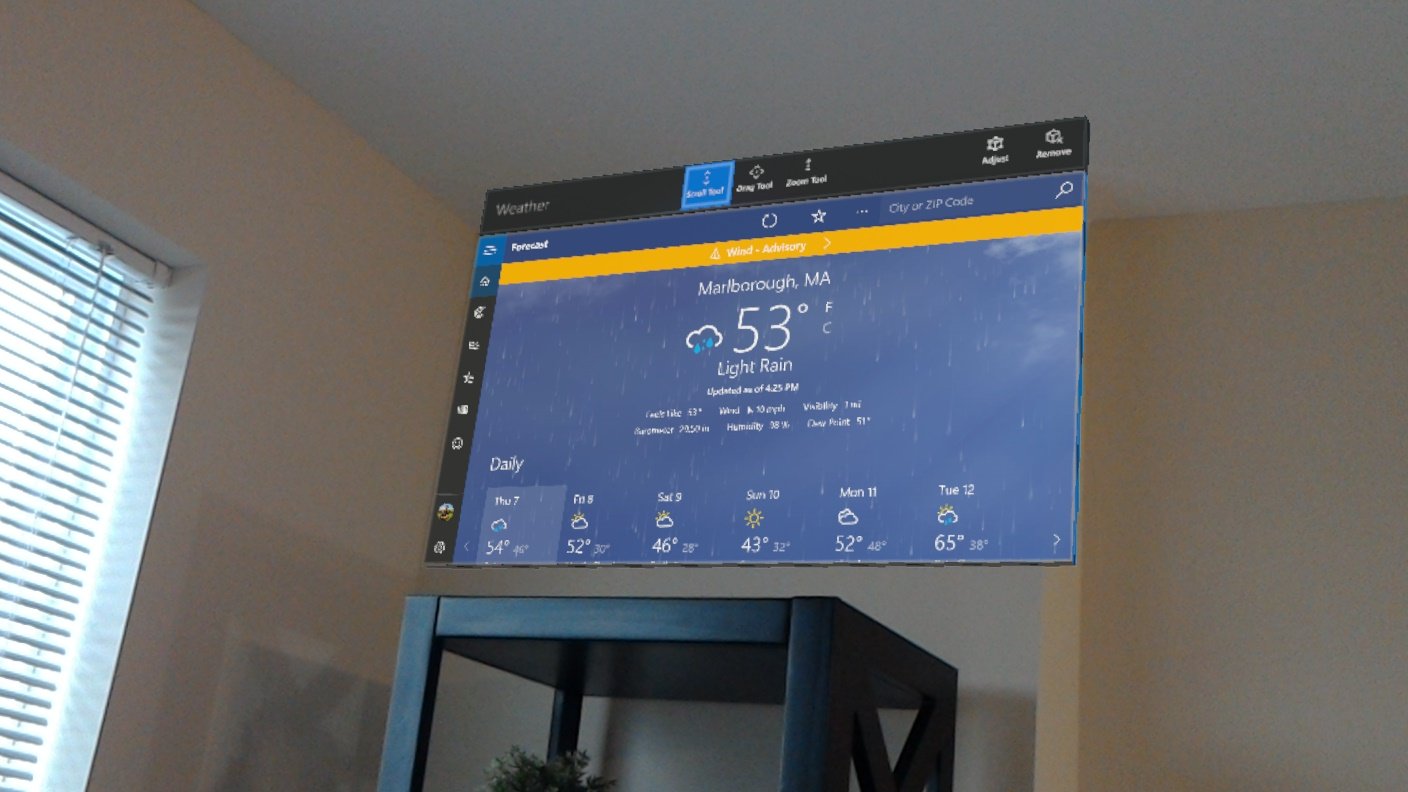
Different variants of Windows 10
Talking of Redstone 1 the HoloLens is stuck on a variant of Windows 10 from 2016. It is running the Anniversary Update and has not received any official Windows 10 release since. Microsoft says it is working in an update for release early next year, which we are hoping will bring HoloLens up to applications parity using the newest Mixed Reality cans.
Programmers who wish to build apps for HoloLens and Mixed Reality cans can’t do so because of the difference in APIs between the Anniversary Update and Fall Creators Update. The Mixed Reality platform on the Fall Creators Update is far baked, with greater features and APIs for programmers to mess with. HoloLens needs to catch up.
The immersive experience is distinct. Reality cans use something called Cliff House, in which apps and games can open in Mixed Reality. Since the headset is still an AR one, on the HoloLens, the same experience happens within your own personal real environment.
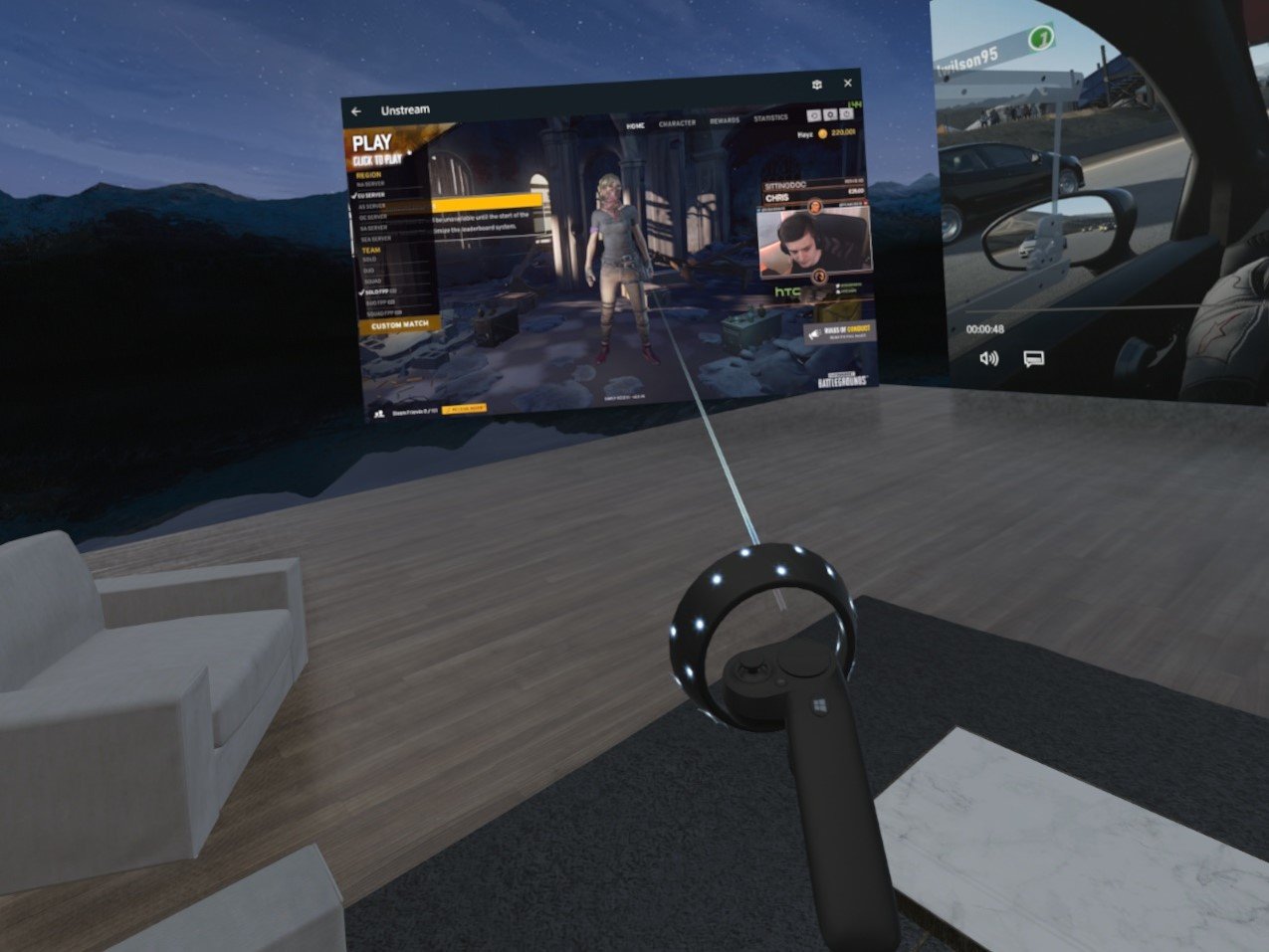
Due to this, when utilizing a HoloLens, you must physically go around the area to make use of your experience. Reality headset users need to teleport about the digital atmosphere, and instead, can’t do this.
There are some similarities between the HoloLens and Mixed Reality encounters . As an example, both may be controlled through voice. Hey Cortana functions you need to pin, move, shut, open and socialize with apps. The biggest difference between the devices is the UI. It is exactly the same.
The Mixed Reality Start menu, together with the behaviour of games and apps being pinned to surfaces and walls functions exactly the same . It is indistinguishable, which is great. All the Windows 10 apps that weren’t constructed especially for HoloLens work just as you would expect on Mixed Reality headphones.
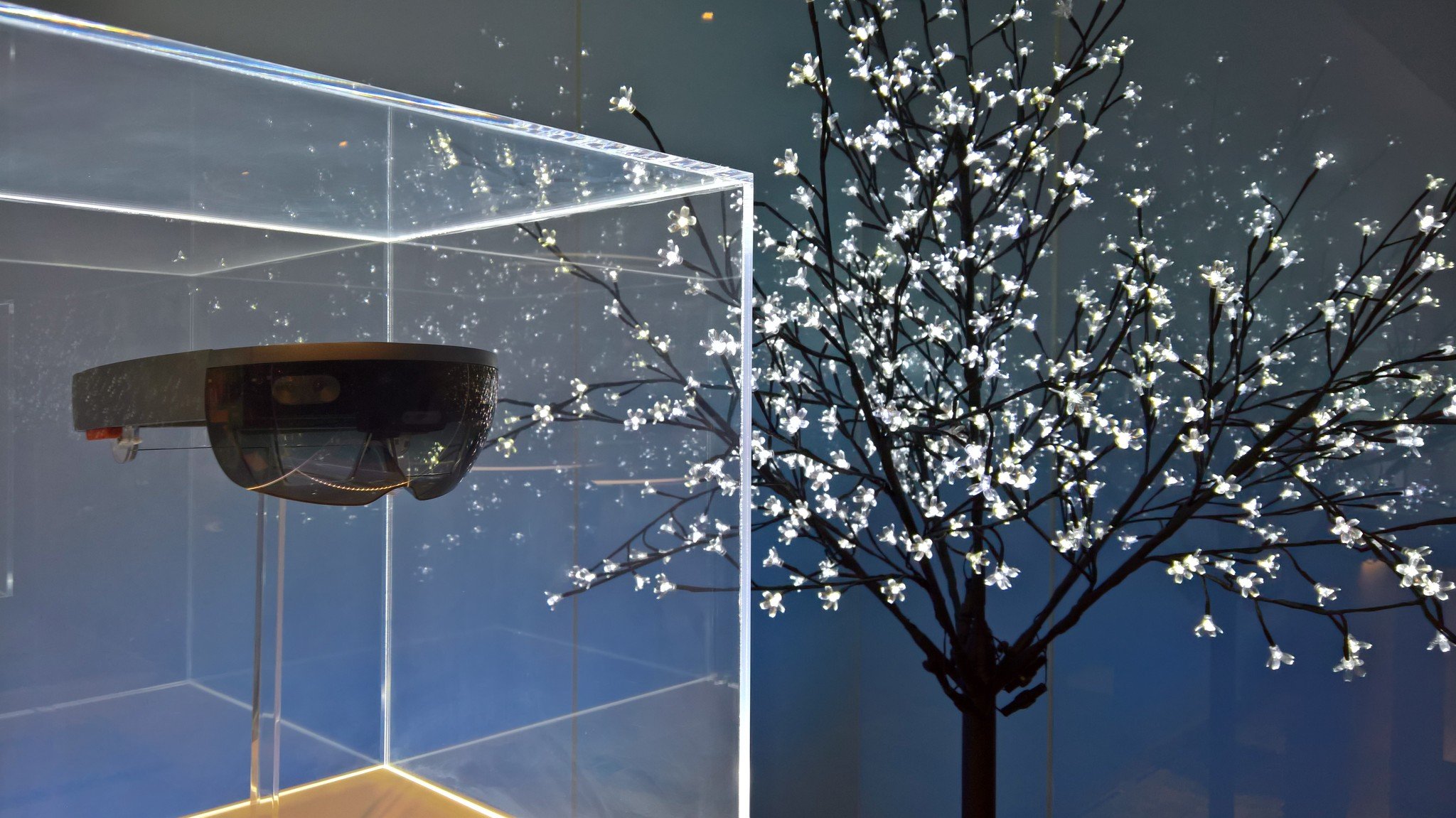
Gap between Mixed Reality headsets and the HoloLens for me, nevertheless, is program support. Programs constructed for HoloLens do not work on Mixed Reality cans. This means any developer building for HoloLens needs to perform a little bit of work to find that program working on Mixed Reality cans.
I was initially hoping that HoloLens apps would “just work” on Mixed Reality cans in the Cliff House, which basically simulates a true atmosphere for you personally, but apparently, that’s not the case. Perhaps that’ll be.
There are many similarities and differences to consider when assessing the HoloLens and Mixed Reality headsets. But the most significant difference, at least now, is the marketplace in. HoloLens isn’t aimed at exactly the same market as Mixed Reality headphones, at least not yet.
HoloLens is very much a enterprise or developer tool and has zero consumer play at this moment. Reality headsets, on the other hand, are somewhat more consumer are far cheaper, and orientated.
Source
http://windowscentral.com/hololens-vs-mixed-reality-headsets-little-things
The post <p>HoloLens vs. Mixed Truth Cans: The differences that are Small</p> appeared first on HoloLensVirals.com - Latest HoloLens News.
source http://www.hololensvirals.com/hololens-vs-mixed-truth-cans-the-differences-that-are-small/

No comments:
Post a Comment